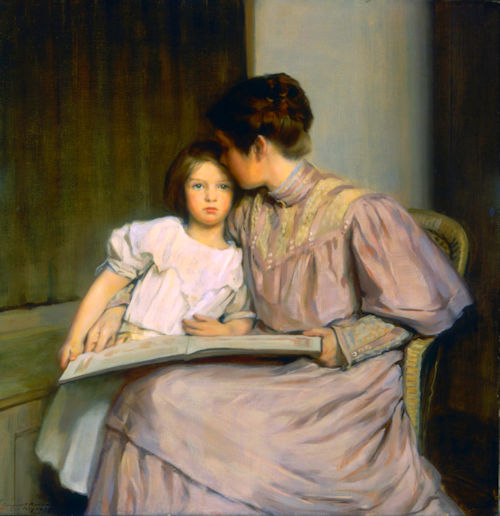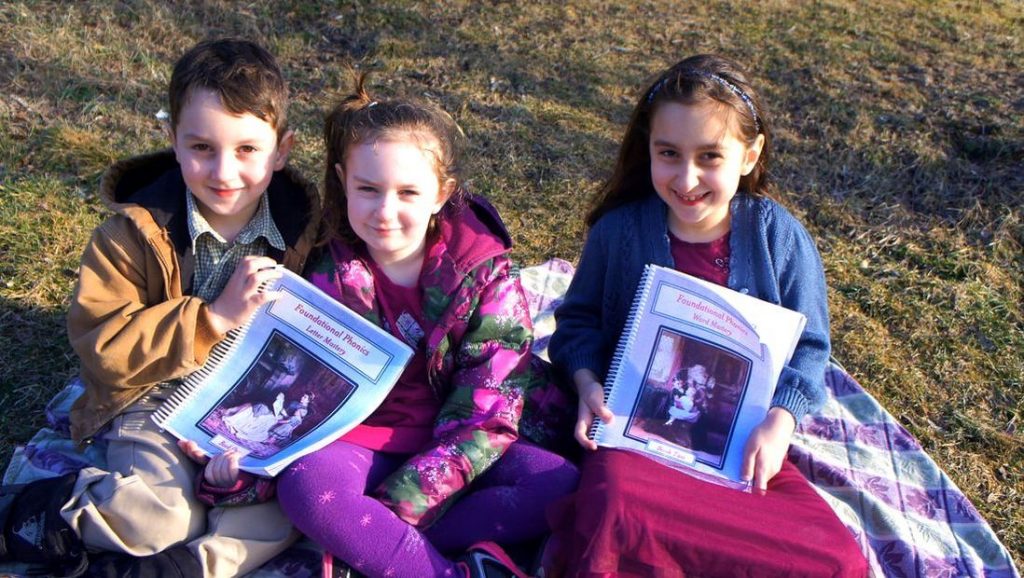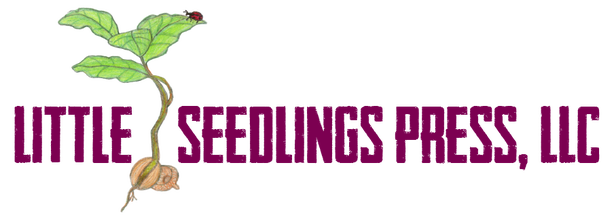
I started writing Foundational Phonics after joining forces with my sister to home educate our children. As second generation homeschoolers, we had already been exposed to a multitude of phonics based programs. My mother had an eclectic way of pulling together bits and pieces of different curriculums in an effort to create competent readers out of seven children with very different learning styles. My sister and I had also tried multiple phonics programs with our children, all of which had fallen into the general categories of “too complicated”, “too dry”, “too confusing”, “too much teacher training”, “too much prep work”, or “too many parts and pieces to keep track of”. My sister’s 8 year old daughter was struggling not only with speech impediments, but symptoms of dyslexia. She was having a terrible time learning to read, and my sister had tried every resource she could think of. Nothing had worked. She just wasn’t getting it. Frustrated and overwhelmed, I became determined to find something better.
I began researching the history of reading instruction and searching through hundreds of modern and out of print reading programs. I finally stumbled upon Florence Akin’s, “Word Mastery” from 1913 and Lewis B. Monroe’s “First Steps in Spelling” from 1874. As I worked through the contents of these two books, I discovered the logical simplicity that was hidden between their covers. With the core concepts and techniques of these phonics pioneers in front of me, I finally understood what had been so frustrating for so long. It was the method of instruction, the displaced embellishments and reinventions that had made other programs so difficult, not the pure and simple formula of our forefathers. So many programs, in an effort to make reading “easier” have, unfortunately, had the opposite effect, by overanalyzing and over complicating the entire process.

In examining counterfeit money, agents are taught to study the genuine article, as a study of only counterfeits would yield frustration, confusion, and an inability to recognize the real thing. I began thinking of reading instruction in the same way. When memorization of all the sounds a letter makes is put before the value of words in their natural context, and every rule about their use must be mastered for a child to succeed, the process can be overwhelming, tedious and ineffective. When we master the basic letter sounds and build words, then discover syllables and turn them into sentences, children learn to navigate the exceptions along the way and a gentle, natural process takes place. Pure traditional phonics is not complicated. It does have a rhyme and reason. Yes, the English language contains elements from a variety of languages that create intermittent oddities, but the oddities are rare. It is quite logical, and learning to read should not be overwhelming. I was determined to challenge the stigma of phonics being a “heartless drudgery” or “bitter pill” to be swallowed.
I started working through Akin and Monroe’s books with my niece. We both enjoyed the simplicity of their framework, but I had to find other ways to apply and reinforce the concepts to make them work with her learning style. Having grown up in a large family with a severely handicapped, non-verbal younger brother, my siblings and I had learned sign language at a young age. We were recruited and actively participated in a variety of behavioral and neurodevelopmental therapy programs to help children with learning disabilities. This became a way of life for us, as the interventions for my brother became front and center. Drawing from my past, I used the multi-sensory, positive reinforcement, hands-on approach that had been so helpful to me and found ways to reinforce and solidify concepts through multiple input channels and purposeful activities. Every spare moment of my time went into study and implementation as I began creating a curriculum from the ground up. With these components, and the framework of the traditional phonics method, I was able to put together a cohesive, easy to understand, complete reading program that could engage any learning style, and be put back into the hands of mothers and grandmothers.
My niece loved it. As she pushed me to finish, I could hardly keep up with her and sometimes had to make her wait until I had finished writing the next lesson. When we finally arrived at the finish line, she sat down on the couch and read through an entire chapter book that same day. She had mastered the art of reading! Since that time, I have journeyed through the set two more times with another niece and nephew, refined and republished a second edition, and have made this two book set available to other home educators. I cannot tell you what a privilege it is, to help ignite that first spark of love for learning in a child. My hope is that this curriculum will be a blessing to all who use it.

